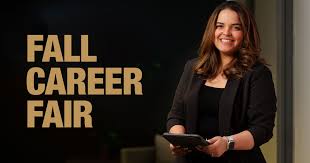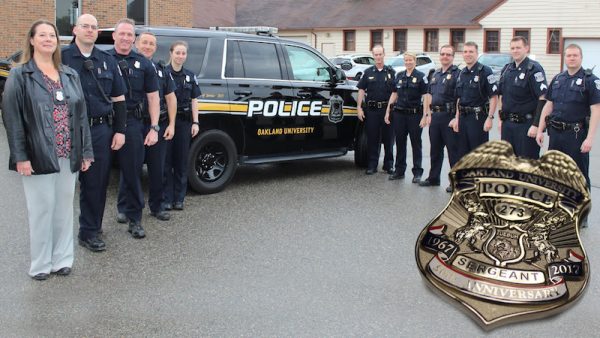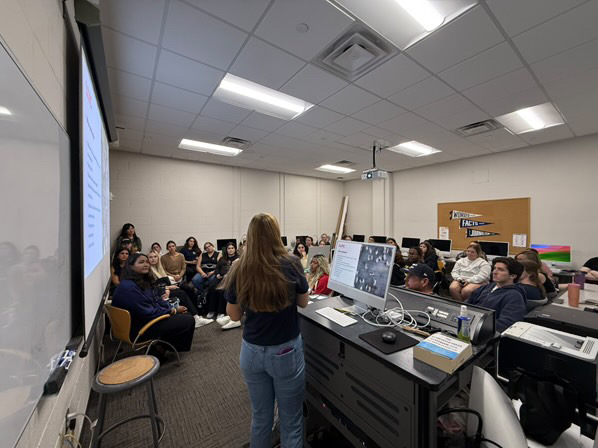Busting myths and promoting awareness
By hugging or kissing someone with Human Immunodeficiency Virus (HIV) they will spread it. HIV is a death sentence. Homosexual men and drug users are more likely to get HIV than anyone else. HIV originated from monkeys.
All of the above statements are false, yet many people actually believe them. HIV is something people have misconceptions about and this may be because it isn’t something that’s always easy to talk about.
“Many people think if you just make out with someone it can spread HIV,” Valentina Djelaj, Connect to Protect study coordinator, said. “You have to have about two tons of someone’s saliva for it to spread. These are the kind of myths we frequently hear.”
Tuesday, Jan. 27, the OU Minority Association of Pre-Health Students, Preventive Healthcare Org, and Connect to Protect, a nonprofit organization in Detroit, came together to spread awareness about HIV and put an end to the myths.
“People between the ages of 13-24 is what we look at because this is where a lot of stigma, discrimination and misinformation is happening,” said Ari Hampton, MSM outreach worker at Wayne State University. “We want to try and break down these barriers by providing as much education and prevention methods to the community as possible.”
The speakers shared information about HIV to students in a different light other than just from a medical perspective. They put an end to some of the most common myths about HIV and looked at it from perspectives such as homosexual men and transgender people.
A lot of information about HIV is commonly misunderstood for many reasons and some information is false due to statistical flaws. Gay and transvestite communities are often overlooked.
“Trans is not usually included in data, but HIV doesn’t discriminate,” Bre Campbell, MSM outreach worker at Wayne State University, said.
When it comes to being HIV positive, research has shown shifts in the average population.
“We are starting to see a trend of many black males about the ages of 13-19 having HIV,” Hampton said.
The teams want to make sure that everyone, regardless of race or gender, has an equal opportunity to prevent HIV.
The speakers hope that knowing the truth about HIV and understanding that it needs to be prevented by everyone will prevent adolescents from contracting HIV. They want to send everyone in the right direction.
“We are looking at prevention as opposed to treatment,” Djelaj said.










